Review and operation of Panasonic cameras

Throughout his life, a person comes across photographs many times. For some, this is a way to capture important moments in the biography, while others share their impressions or just want to capture beautiful natural landscapes. Today we will focus on Panasonic cameras, thanks to which each owner of such a device can share the events of his life.
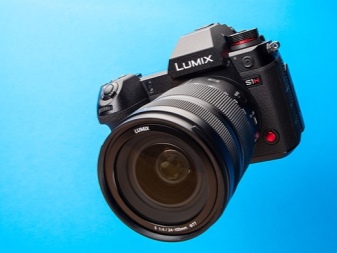

Peculiarities
Before getting acquainted with specific models, it is worth listing some of the features of Panasonic cameras.
- Wide range of. If you want to purchase a camera from this manufacturer, then you will have a large number of SLR, mirrorless and other types of models. Thus, the buyer will be able to select the devices both in terms of technical characteristics and in the price range, which starts from 10-12 thousand rubles and ends with expensive models up to 340 thousand rubles.
- High quality. Models of the average price fully meet the price-quality ratio, and more expensive cameras have a professional status and are designed for high-complexity work.
- A varied and understandable menu. In the settings, you can choose a large number of shooting modes and adjust many parameters, thanks to which you can change the image to suit your tastes. It is worth mentioning the design of the menu, as this directly affects the usability. Everything is Russified, the font is of the optimal size, the icons are of high quality design.
- Compact dimensions. Most Panasonic cameras are small, so they can be easily carried in a backpack, bag or large pocket.
- The presence of an optical stabilization system Mega O. I. S. This feature allows the photographer not to be afraid of blurred images, because the stabilization system will be able to align the lens using gyro sensors.
- Ergonomic The bodies of all models are made of a material that is very durable and pleasant to the touch, which makes the cameras more resistant to physical damage.
- Wide range of equipment. When you buy any model, you will receive all the necessary cables, a lens cap, software and a shoulder strap. Expensive models have a wider package, which includes various microphones, flashes, multiple lenses, as well as convenient things, such as a remote shutter control and an eyecup.
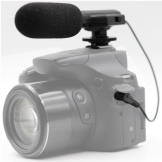
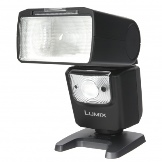

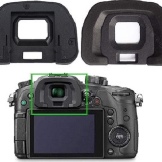
The lineup
Since the bulk of the models are represented by the Lumix series, most of the reviews will be made about them.
Lumix S
Lumix DC S1R is a professional camera that is the best in resolution among all other models. Full-frame CMOS sensor and 47.3 megapixels help to capture the highest quality image with a lot of fine details. The optimized design allows for a very high level of light sensitivity, which, together with the signal-to-noise ratio, makes the S1R the device for solving the most difficult photographic tasks.
The Venus Engine delivers a wide variety of colors and textures, so every photo will look three-dimensional and sharp. The dual 5-axis stabilizer helps the photographer to capture images in the highest quality, even at maximum focus or sharp movement of the subject.
A high-performance recognition system allows you to always keep in focus not only humans, but also animals.
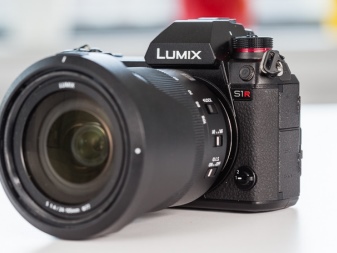
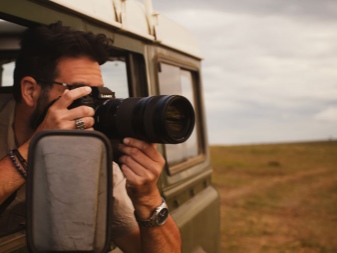
5.760K Real Viewfinderpoints can observe movement at high speed, while not losing quality and magnification. Due to the high quality of photos, there are 2 slots for memory cards, and you can change the recording slot whenever necessary. For example, a video is on one memory card, and a photo is on another.
The body is made of magnesium alloy, so this camera is resistant to mechanical damage, dust and moisture. Thanks to all the technologies used, you can record videos in 4K quality at a frequency of up to 60 frames per second, while all movements will be as detailed and smooth as possible.
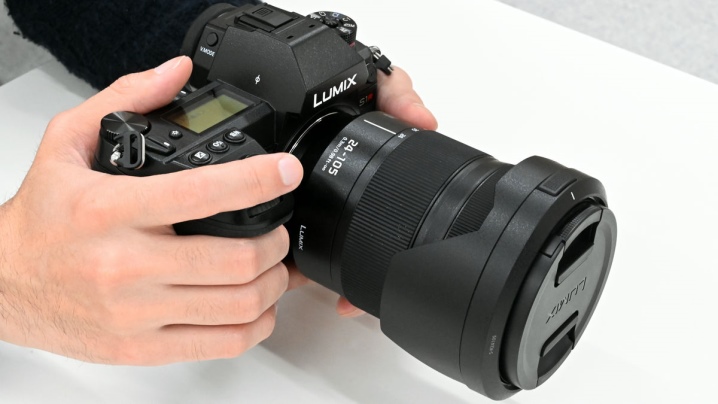
Lumix G
The Lumix DMC-GX80EE is a mid-range digital mirrorless camera. The 16 Megapixel Digital Live MOS sensor is designed to improve image quality in a variety of conditions. Dual 5-axis stabilizer improves focus and position in the lens. This technology is designed for active photography and video recording, because it allows you to create high-quality images even in low light conditions.
Live Viewfinder details and frames subjects and reproduces the highest quality colors. The image resolution of 2764 thousand points guarantees good visibility at any time of the day.
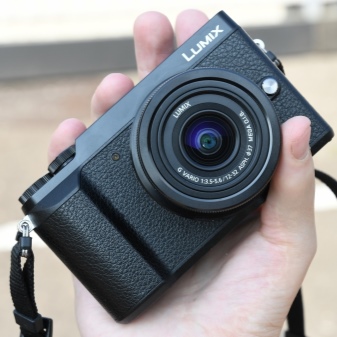
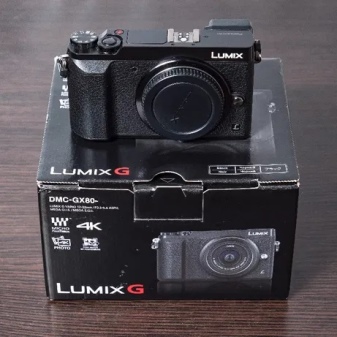
4K PHOTO technology will be useful for those who capture events not only with photos, but also with video, because you can view the recording frame by frame, select the most suitable frame from it, and then save it.
Other advantages include post-focusing, which opens up a lot of room for imagination. The essence of this function is that for any photo you just need to touch a specific detail - and the camera will automatically focus it. It is worth mentioning that the DMC-GX80EE with all its advantages has an average price. The weight is 426 grams, thanks to which you will always have the opportunity to have this camera next to you.
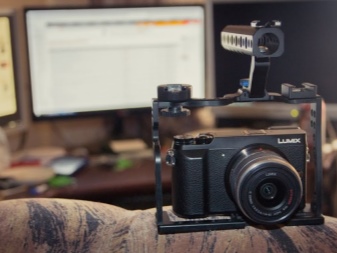
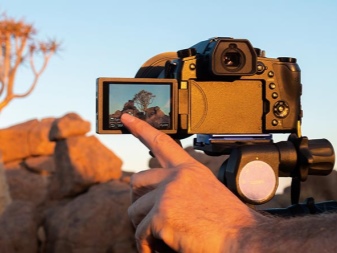
Compact
Lumix DMC-LX100EE is a professional camera, the main advantages of which are small dimensions and high quality of shooting textures of various tones. Thanks to a 16.8 megapixel MOS sensor, the volume of control light can significantly increase image clarity. The Leica DC Vario-Summilux lens is fast, detailed and high resolution. Because of the 4/3 ”sensor, the lens has been redesigned into a new housing, allowing the entire lens system to move and improve alignment accuracy.
With the aperture wide open, the photographer can create a wide variety of effects with a variety of adjustments, defocus and slow shutter speed.
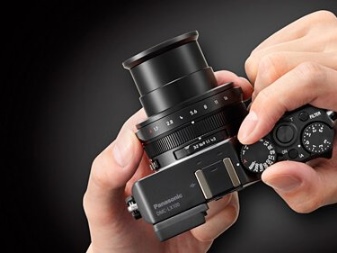
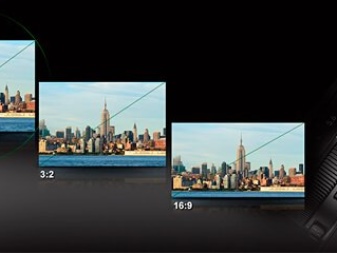
There are also creative filters that provide the user with the most colorful photo editing options. For example, you can apply light stripes to images and combine them with different photo modes.
A very important function is cropping, the essence of which is that the video will be presented to you in the form of separate frames, and you can save them as a photo. There is a system for dimming while using this feature, so don't worry about the difference in lighting affecting the quality of your photo. With a weight of only 393 grams, this model is very easy to carry with you.
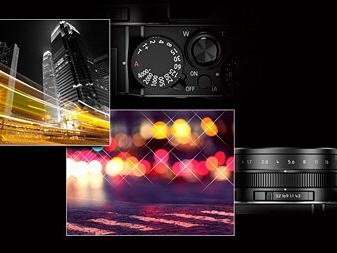

Selection Tips
To choose the right camera, it is worth following some professional advice so that your purchase will fully justify itself. The main criterion is to determine the scope of the camera.
From reviews of some models, it can be understood that Panasonic products differ both in the way they are used and in their functional bias.
This point is the most important due to the fact that you can easily overpay for those functions that you may never use. If you are going to use the device during active movement or hiking, then compact models are most suitable.They are lightweight, have the necessary megapixels for high-quality photography and are as simple as possible.
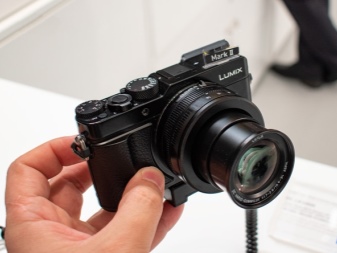
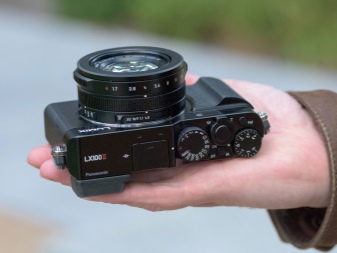
For professional use, more expensive and functional models are needed, because they can perform a wide range of actions and are more attractive in terms of video shooting, which makes them versatile. And with the help of various modes and functions, you can change the photos to suit your style. As for the semi-professional use, models from the middle price segment are best suited, since they are of high quality, uncomplicated and do not cost much.
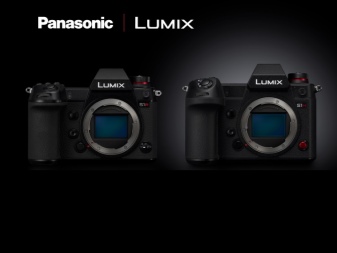
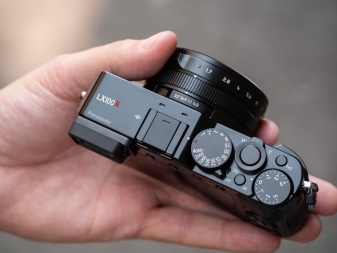
Another important criterion is the choice of a specific model. You yourself will be able to better choose a camera for those characteristics that are of interest to you. But before that, look at the reviews, read reviews in various online stores and inquire about the advantages and disadvantages of the model you are going to buy.
The individual components of the device are also important, for example, battery capacity, zoom power, a comfortable grip and a comfortable center of gravity.
These characteristics are not key when buying, but they are also worth paying attention to, since it is these parameters that make the camera more convenient, and during its use you will not feel any discomfort.
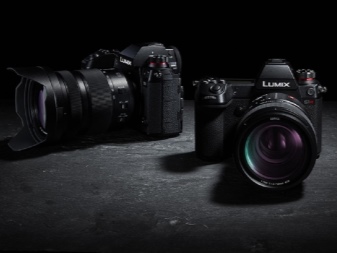
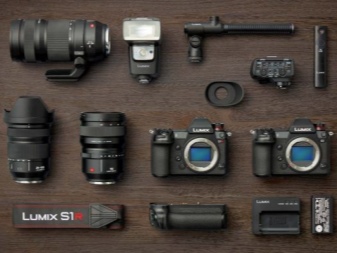
User manual
First of all, for correct operation, make sure that dust, sand and moisture do not get into the charger, various connectors and other places, the contamination of which can damage the electronics. If condensation occurs, turn off the camera for 2 hours, then all excess moisture will evaporate. To charge, connect the cable with one side to the connector in the device, and the other to the outlet, and after a successful charge, disconnect it.
The manufacturer pays attention to general processes, for example, inserting a memory card or working in the menu. To use the battery or SD card, open the required compartments, then remove or insert the component. As for the menu, the MENU / SET button is responsible for its activation, after pressing which you can use the cursor buttons to go to any desired section and set your own settings.
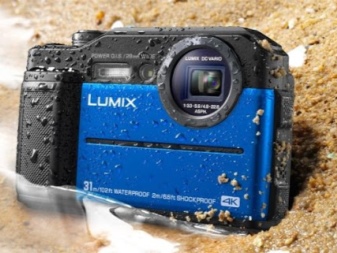
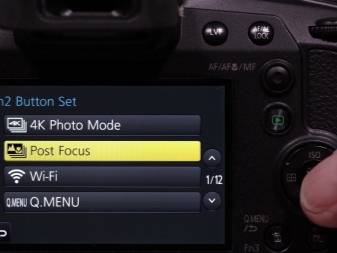
For the unit to function properly, make sure that the case is not damaged, as this can lead to malfunctions in the electronics and lens.
See below for an overview of the Panasonic S1 model.













The comment was sent successfully.